The term blood trailing annoys me. Not because there’s anything particularly offensive about it but because it’s terribly misleading. Finding an interpreting blood sign is an important part of finding a wounded animal after a shot but that’s it, a part. Unfortunately, it’s the only part that’s ever talked about today. Hunters talk about a blood trail disappearing as if that’s the only thing that could possibly lead them to their animal. When the blood runs out many resort to gridding an area or blindly blundering around the woods hoping to stumble upon a dead deer. But there’s so much more to the story.
To start, animals don’t more through their habitat randomly, even when wounded. After the initial panic, animals often settle into fairly predictable patterns. Landscape features such as topography, funnels, and vegetation help guide their movements. We can often look at the landscape from their perspective and see obvious ways they may have gone. This will help narrow down your search.
Vegetation arrangement is another big indicator of an animals passage. Grass and other vegetation is disturbed as an animal passes and will often be pulled in the direction of travel. If you’re tracking through thick country, the way vegetation lays relative to other vegetation can be a big clue. As a big animal moves through brush, they push it ahead of them. When they pass, branches, grass, and other objects spring back and tent against each other leaving a peak in the direction of travel.
These clues can, and often are, be very subtle. But if you take the time to study the art of tracking you’ll start seeing things you’ve never noticed before. Patterns emerge from what once seemed like a random tangle of weeds and branches.
Hunting requires many skills from scouting and marksmanship to camping and butchering. But tracking skills, although rarely discussed, are just as important as any. And they’ll often spell the difference between a full freezer and going home empty handed.
If you haven’t checked out the 2018 Elk Hunt, you can see Part1 and Part 2 here. In the second part I talk a lot more about the importance of developing these ancient skills.
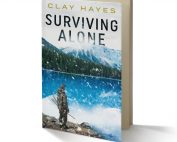
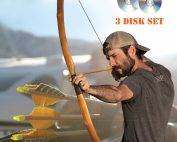

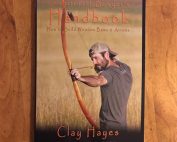
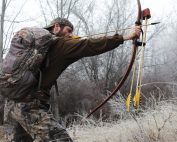

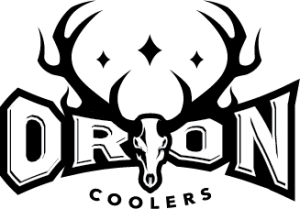

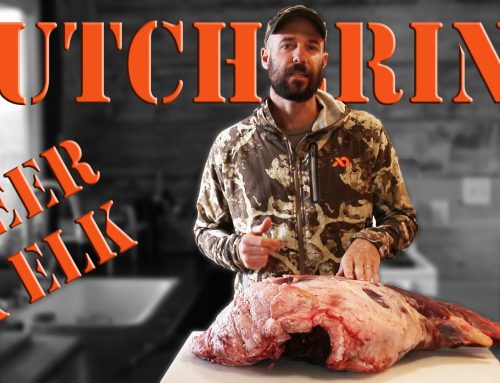
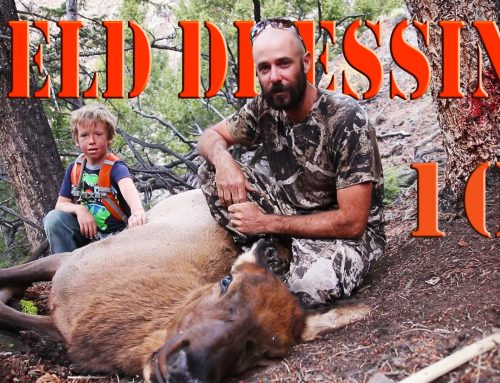
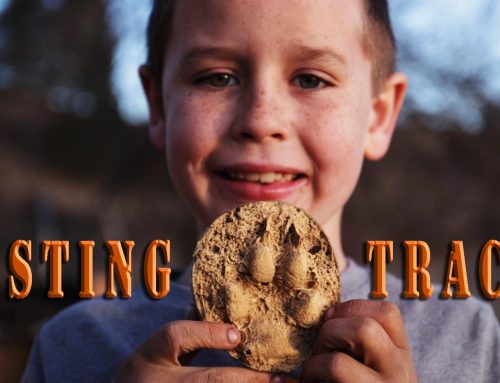
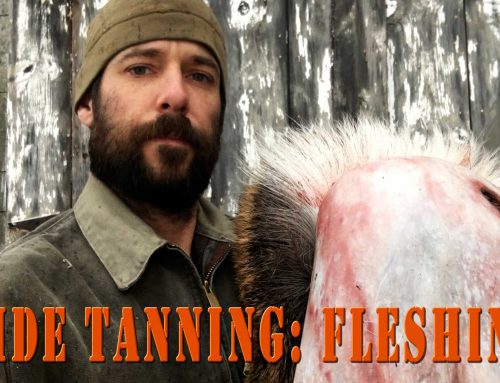
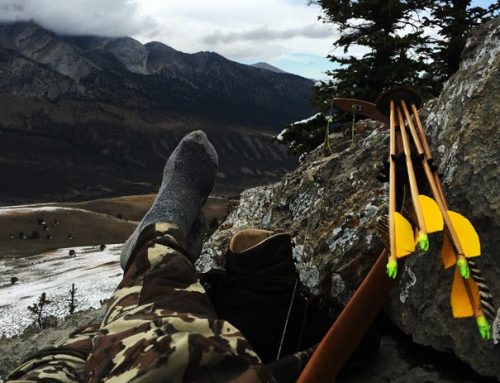
You are a very knowledgeable woodsman. You mention things I learned as a boy running up n down Coon Creek here in Oklahoma hunting and fishing. These things seam common knowledge to me, but if you don’t learn to look at the smaller details of things, in life and in general, I guess they can be over looked. Thank you for all you do to preserve the things so many Americans take for granted. I am Native American and look up to you as a positive roll model in my life. Respectfully W.C.